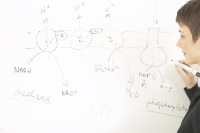
How do U.S. 15-year-olds compare with students from other countries in math and science?
- Notes:
- PISA = Program for International Student Assessment; OECD: Organisation for Economic Co-operation and Development
- Notes:
- PISA = Program for International Student Assessment; OECD: Organisation for Economic Co-operation and Development
On the PISA math test in 2012, the U.S. average score of 481 fell below the OECD average of 494 and was lower than the scores of 21 other OECD nations.
The U.S. average score of 497 on the PISA science test in 2012 was not measurably different from the overall OECD average of 501, but fell below the scores of 15 other OECD countries.
Key Observations
- The U.S. math score was also lower than scores in several non-OECD regions/countries/economies, such as Shanghai-China, Singapore, Chinese Taipei, and Hong Kong.
- U.S. students demonstrated higher mathematical literacy than students in only 5 out of 34 OECD countries.
- The U.S. average mathematics score in 2012 was not measurably different from average scores in previous PISA assessment years with which comparisons can be made (2003, 2006, and 2009).
- The U.S. average science score in 2012 was not measurably different from average scores in previous PISA assessment years with which comparisons can be made (2006 and 2009).
- The U.S. scored higher than 8 other OECD countries in 2012.








 @NSF_NSB
@NSF_NSB NSB
NSB
